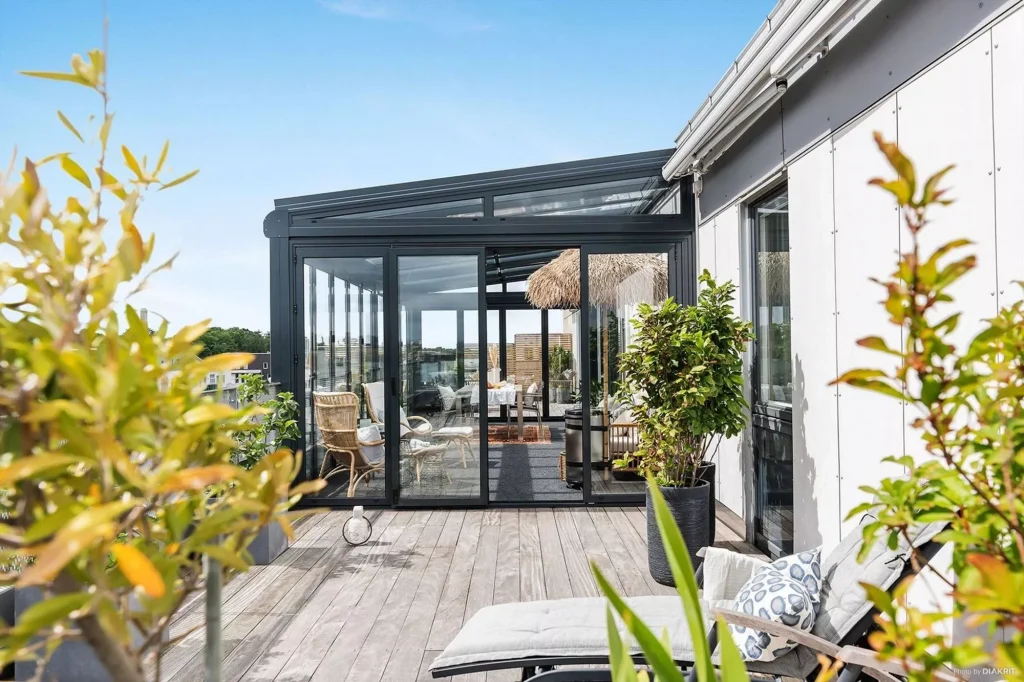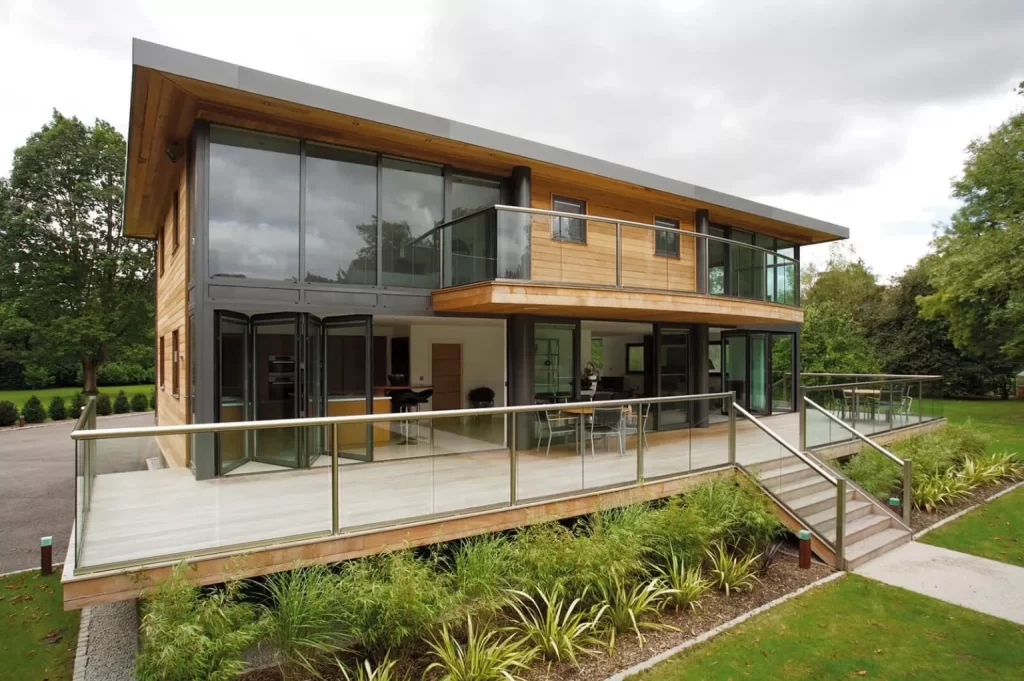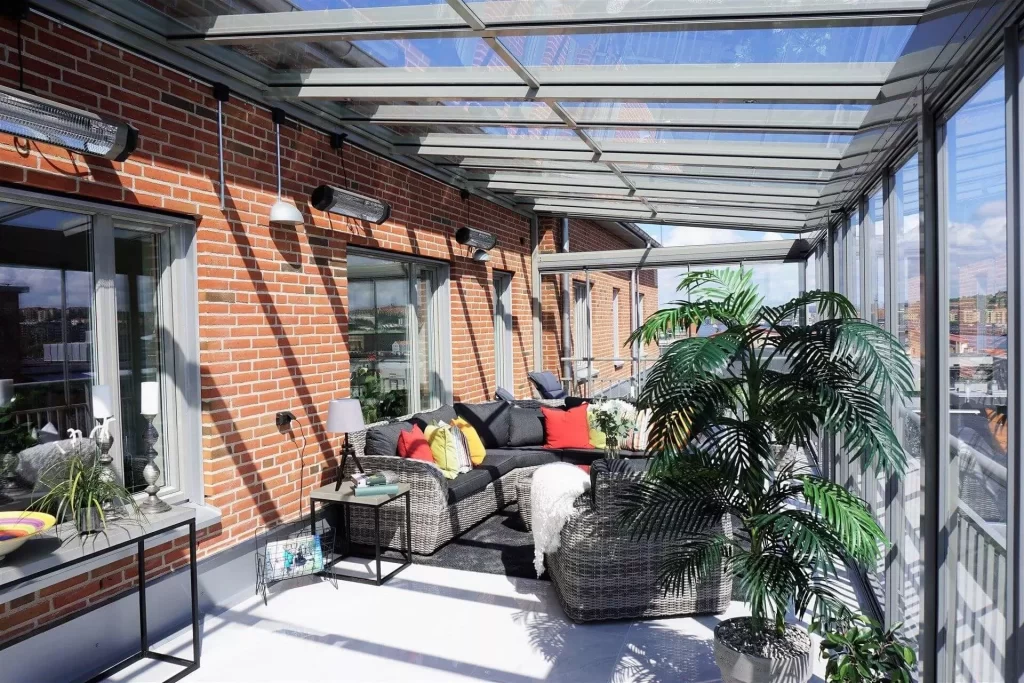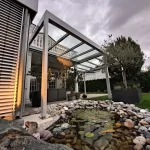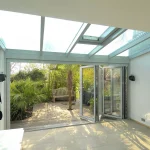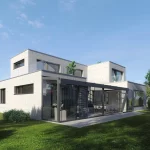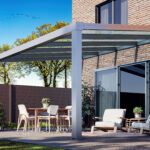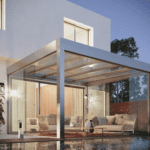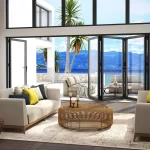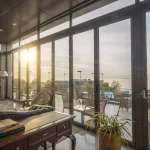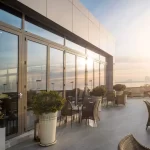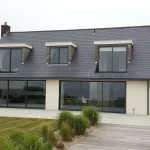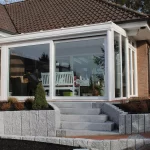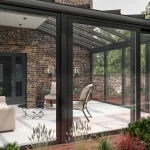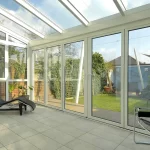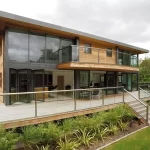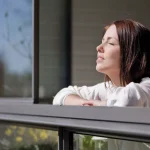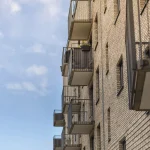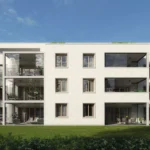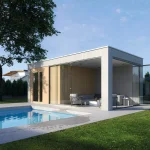Aesthetic and Functional Advantages
In modern architecture, glass roofs are not only visually striking but also functionally advantageous. They introduce a contemporary, sleek look to buildings, blending seamlessly with various architectural styles. Aesthetically, glass roofs transform the ambiance of a space, allowing natural light to flood in, creating an illusion of a larger area, and offering unobstructed views of the sky. This connection to the outdoors enhances the overall architectural experience.
Functionally, glass roofs play a significant role in eco-friendly design. They maximize daylight use, reducing the need for artificial lighting, and can be integrated with smart, energy-efficient solutions for climate control. This not only helps in conserving energy but also in reducing the carbon footprint of a building.
Application in Homes and Commercial Buildings
The versatility of glass roofs extends to both residential and commercial properties. In homes, they can be used to create bright, airy living spaces, conservatories, or as an elegant feature in atriums. For commercial buildings, glass roofs are often seen in shopping centers, office buildings, and hospitality venues like hotels and restaurants. They provide an open, inviting atmosphere that can enhance customer and employee experiences.
Technical Considerations and Sustainability
When considering a glass roof, technical aspects such as the type of glass, its durability, insulation properties, and UV protection are critical. Advances in glass technology, like tempered or laminated glass, provide safety, durability, and energy efficiency. Insulating properties are crucial for maintaining indoor temperature, making the building more energy-efficient.
Sustainability is a key consideration in modern architecture. Glass roofs can be designed to be environmentally friendly, with options like photovoltaic glass, which generates solar power, contributing to a building’s energy needs. Implementing sustainable practices in the installation and maintenance of glass roofs is vital for achieving long-term environmental benefits.
Challenges and Solutions
While glass roofs offer many benefits, they also come with challenges such as glare, heat gain, and privacy concerns. Innovative solutions like adjustable tinting, thermal coatings, and strategic placement can address these issues. The integration of automated shading systems and smart sensors can further enhance the functionality and comfort of spaces with glass roofs.
Conclusion
Glass roofs are a dynamic and transformative element in modern architecture. They balance aesthetic appeal with practical functionality, contributing to the sustainability and energy efficiency of buildings. From enhancing natural light to offering scenic views and promoting eco-friendly practices, glass roofs are more than just an architectural trend; they are a sustainable solution for contemporary building designs.

Hazal is a blog writer specialized in glass roofs, bifold and sliding doors, windows, glass balconies, glazing, and shading systems. With a creative approach and technical expertise, Hazal provides customized content for Sunparadise. With extensive experience in energy efficiency, aesthetic design, and security, Hazal keeps readers updated with the latest industry innovations and effectively promotes Sunparadise’s products.




